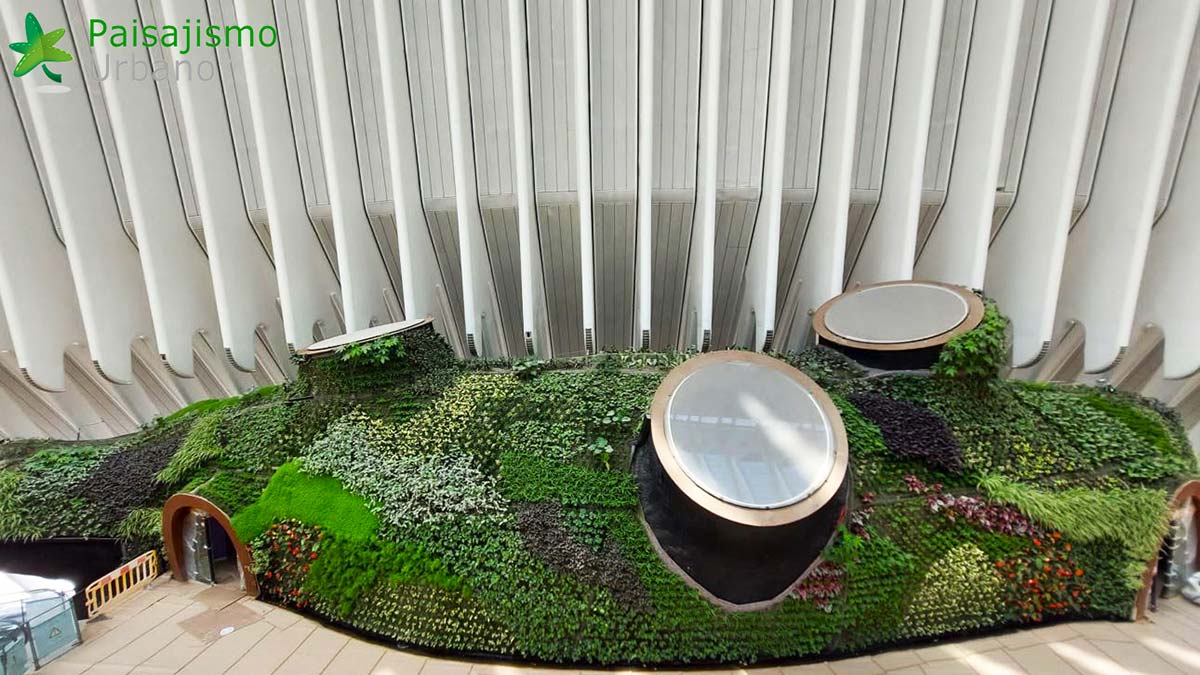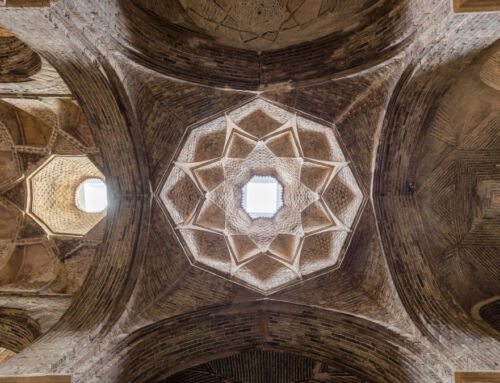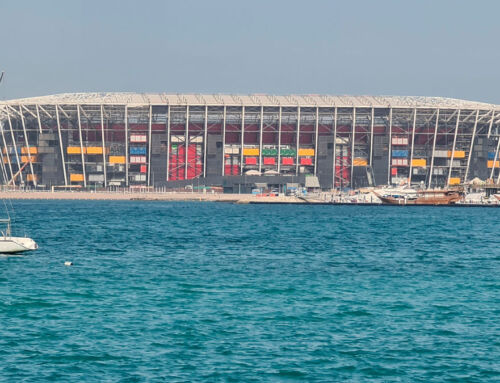The Santalaia Building, on Carrera 4, in the east of the city of Bogotá, Colombia, has one of the world’s largest vertical gardens on its façade. It is an exuberant green covering of 3,100 m2, made up of 115,000 plants, which dresses the residential block with lustre and hides its brick “embarrassments”. It is a project that was realised with the technology of the Spanish company Paisajismo Urbano, in collaboration with the local company Groncol. Although its construction was completed in 2016, a healthy mass of vegetation that has thrived untroubled since then, still beautifies the building today.
It is undoubtedly a great success of the pioneering system that, after many years of research, was established and patented by Spanish biologist and landscape architect Ignacio Solano Cabello, later founder of Paisajismo Urbano. To understand how the system works, we must first familiarise ourselves with the concept of the “vertical ecosystem“, which Solano himself coined. The Spanish biologist conceived a complex medium or substrate in which a set of organisms of different species, not only plants, live, reproduce and interact as in an artificial biotope. This is what his vertical ecosystems consist of.
Solano developed his proposal based on the work of the French botanist Patrick Blanc and his concept of the “mur végétal” (green wall). Therefore, the plant ecosystem, by adding strains of bacteria and fungi and creating interspecific symbiotic relationships with the selected plants, improves on Blanc’s idea of a green wall, which already included the control of nutrients and plant parameters. In this way, a simple vertical garden becomes a vertical ecosystem. With more than 800,000 m2 of vertical gardens installed in 12 countries, Paisajismo Urbano trusts its vertical ecosystems to the point of guaranteeing in writing their “durability“, to developers and clients. Let us now take a look, from a technical and material point of view, at what Paisajismo Urbano’s vertical gardening system consists of.
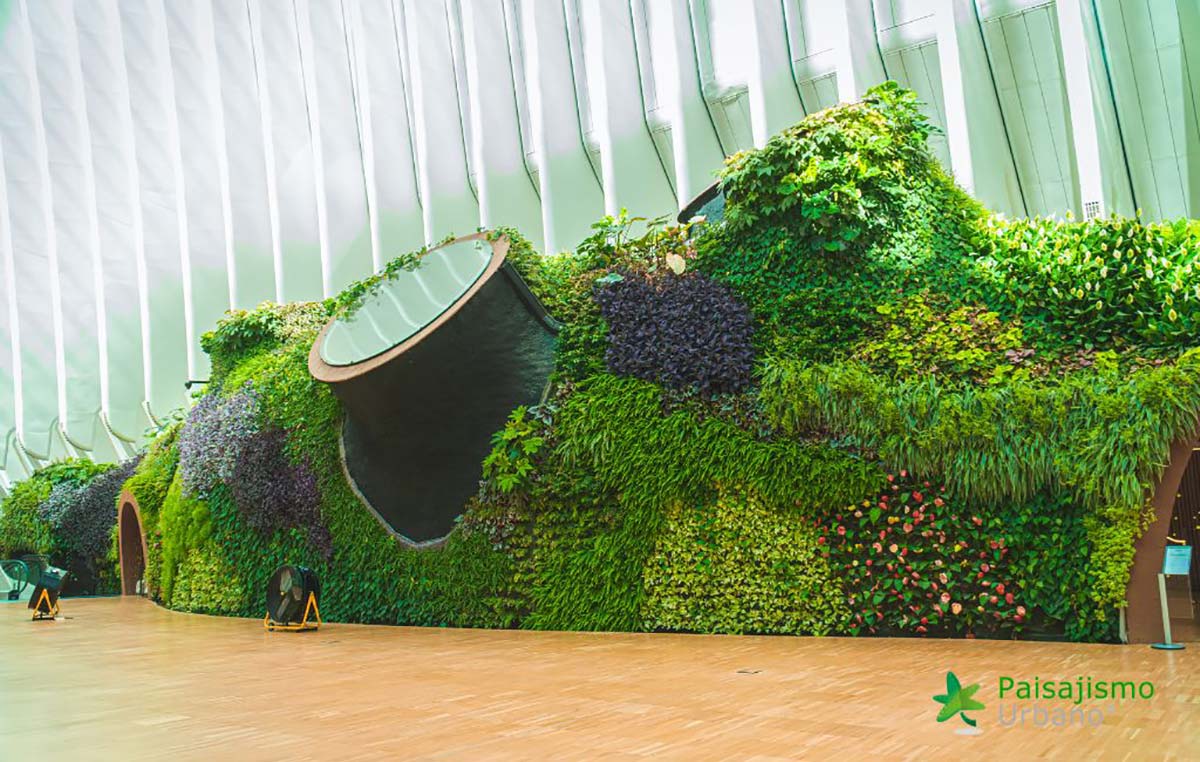
The first thing to note is that this is a method of “vertical hydroponic gardening” or, in other words, the cultivation of plants using mineral solutions and a support other than agricultural soil. In the case of the vertical ecosystem, the support is provided by anchorage arranged in four layers: The first layer consists of a “metal strip”, in this case aluminium profile strips, which are attached to the façade of the building; the second layer, consisting of rigid sheets of expanded polyvinyl chloride, with sealed joints to ensure waterproofing, is attached to these profiles; The third layer, the “growing medium“, in other words. sheets of two-layer felt with 90% synthetic fibres and 10% biodegradable fibres, is fixed to the previous layer by means of stainless-steel clips; the fourth and last layer is made up of the plants, selected according to the light, climate and humidity conditions of the place they are going to occupy, and housed in “planting pockets“.
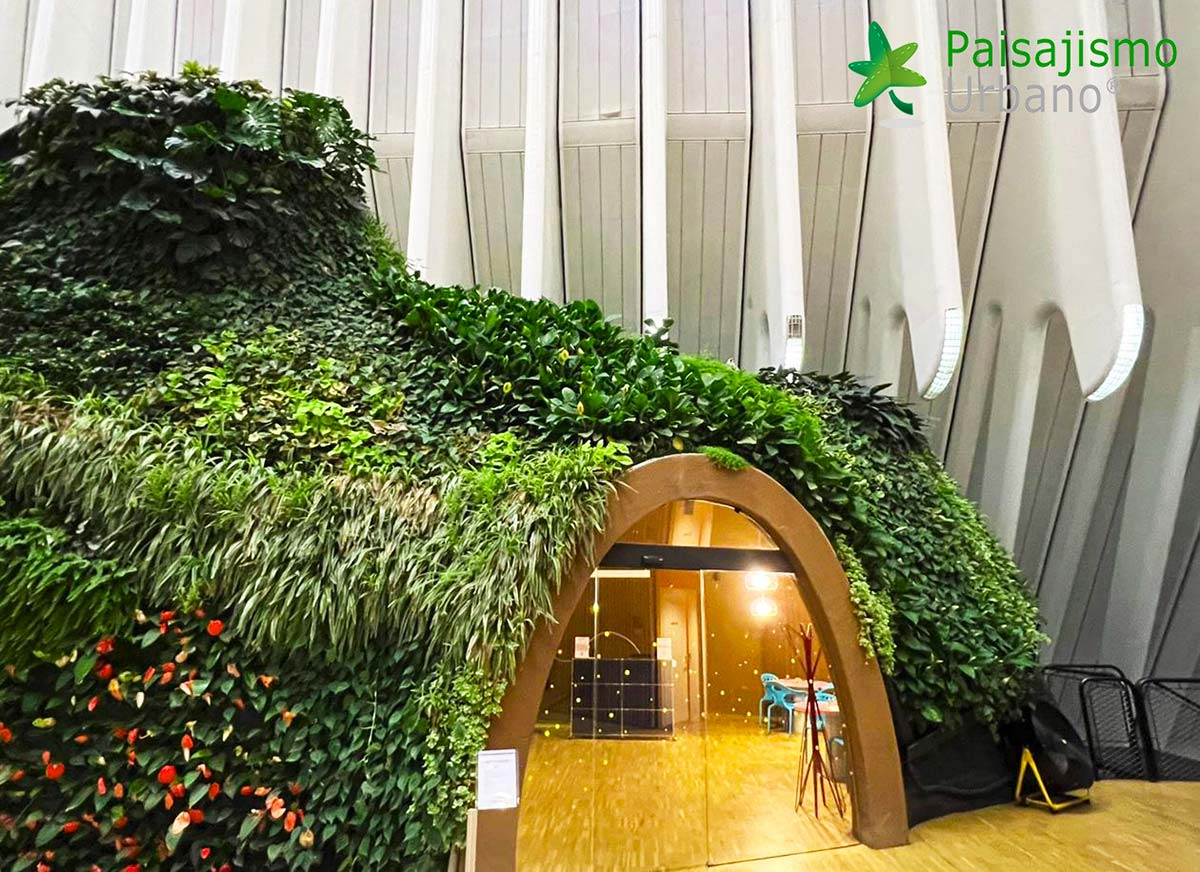
All that remains to be added to the above is the drip irrigation system. It consists of a line of polyethylene pipes and drippers, located at the top of the vertical ecosystem, which relies on gravity and capillarity for water diffusion. Finally, this irrigation system includes an “automated and telematic” control device, with nutrient dispensers and pumps for recirculation and reuse of water, which also has a specific application for smartphones.
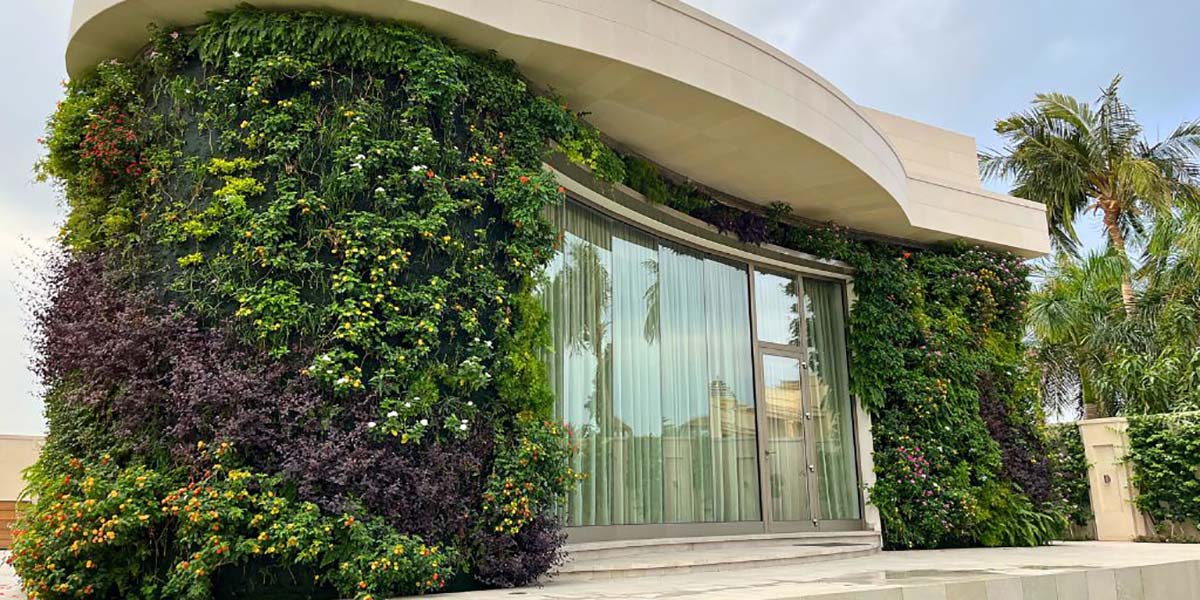
Finally, and to keep it brief, we will just leave you with a list of the benefits of turning city walls into vertical gardens: promoting biodiversity, improving air quality, filtering heavy metals and other pollutants, capturing CO2, thermal and acoustic insulation, well-being and connection with nature, naturalisation of the urban environment…
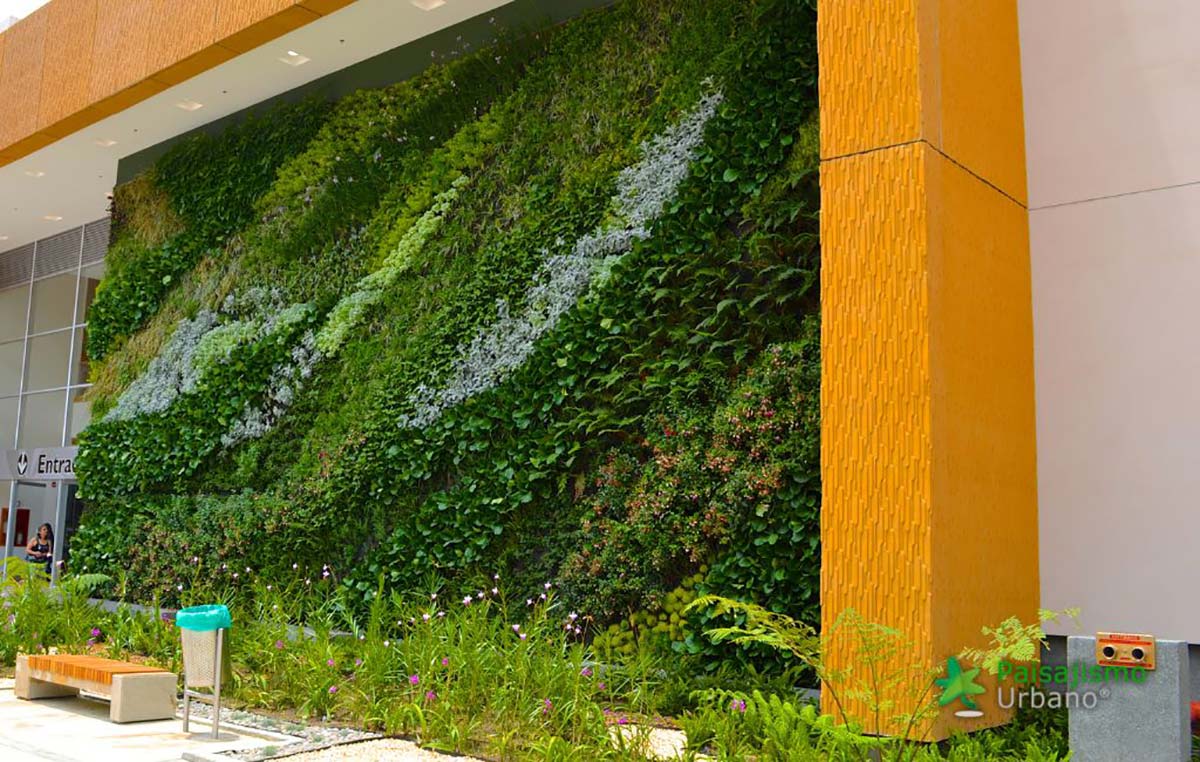
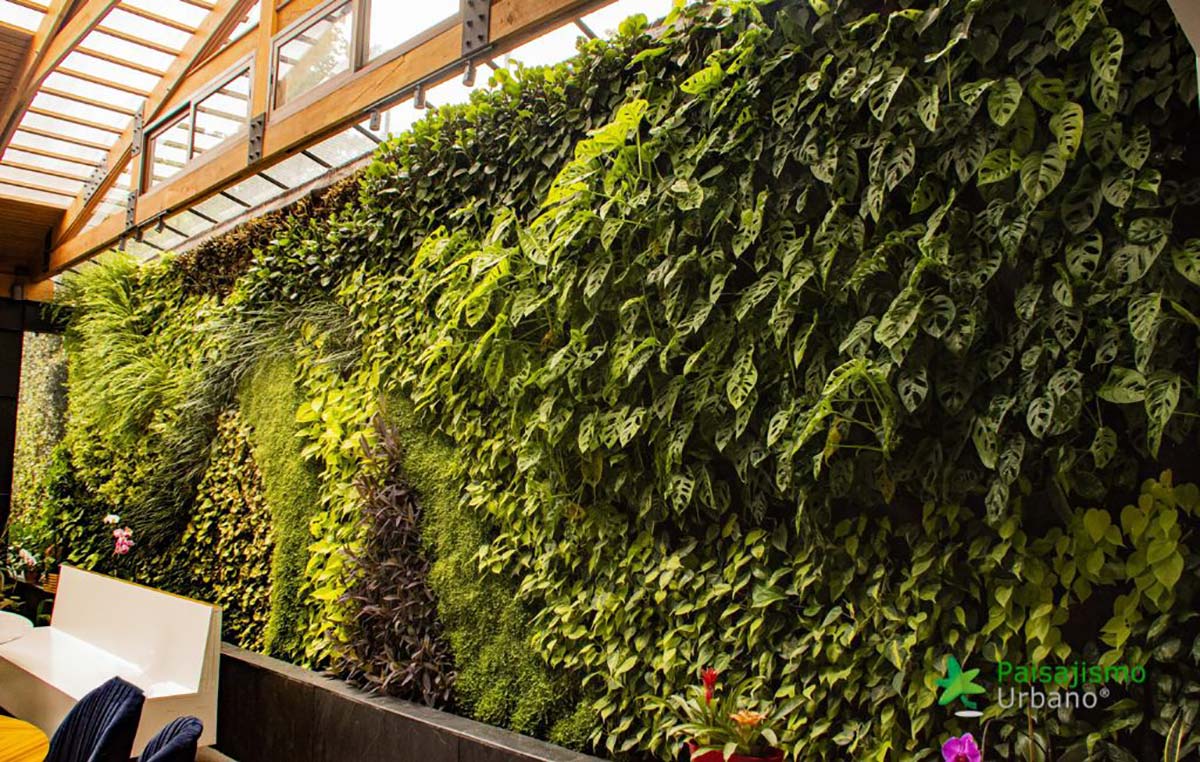
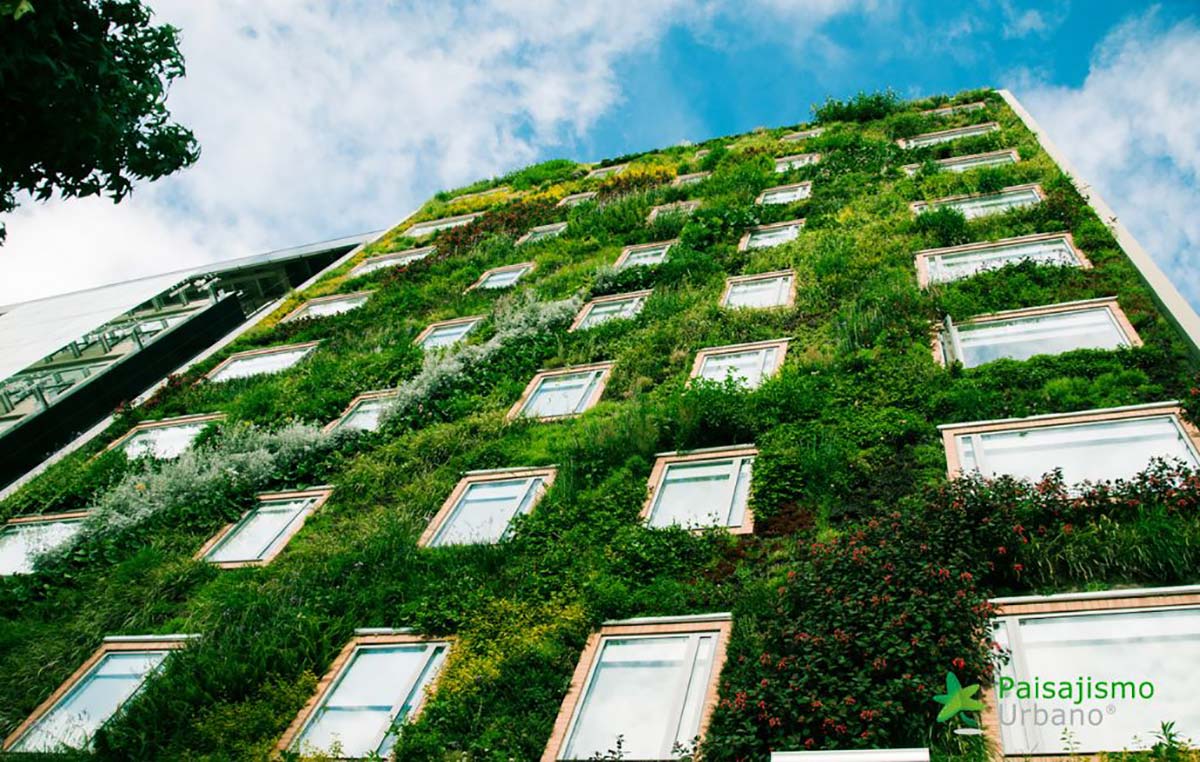
Sources: Paisajismo Urbano, Archdaily, Wikipedia. Images: Paisajismo Urbano.


